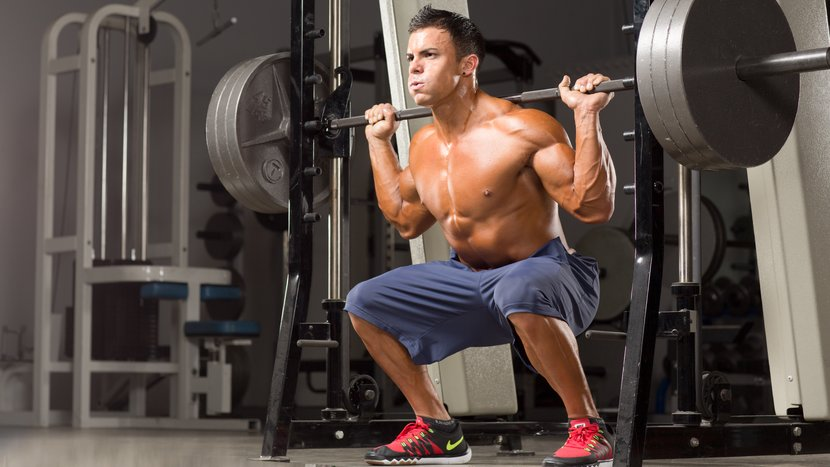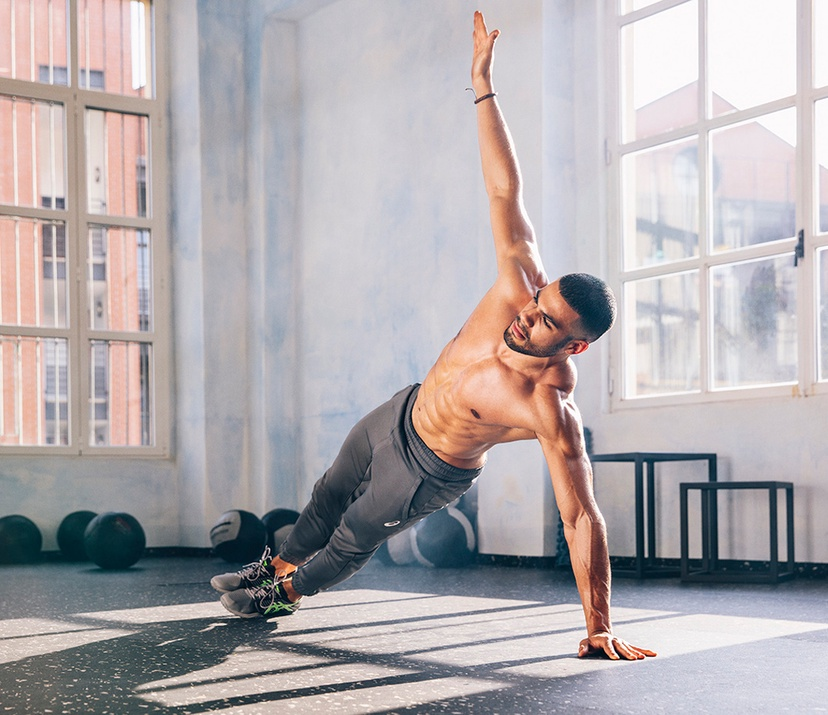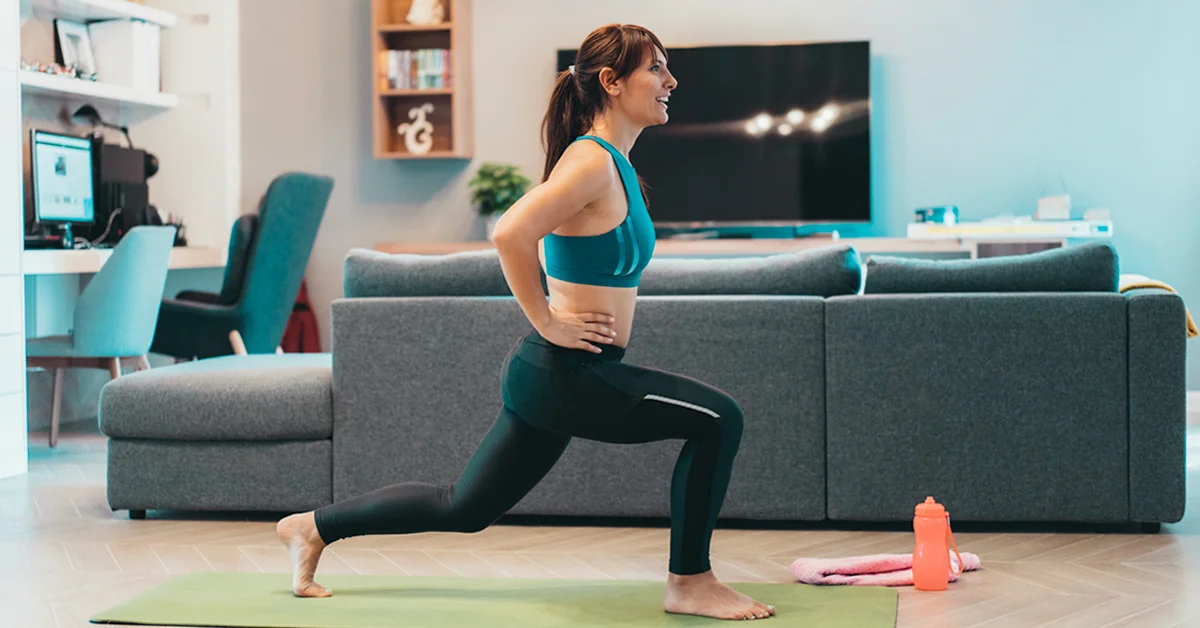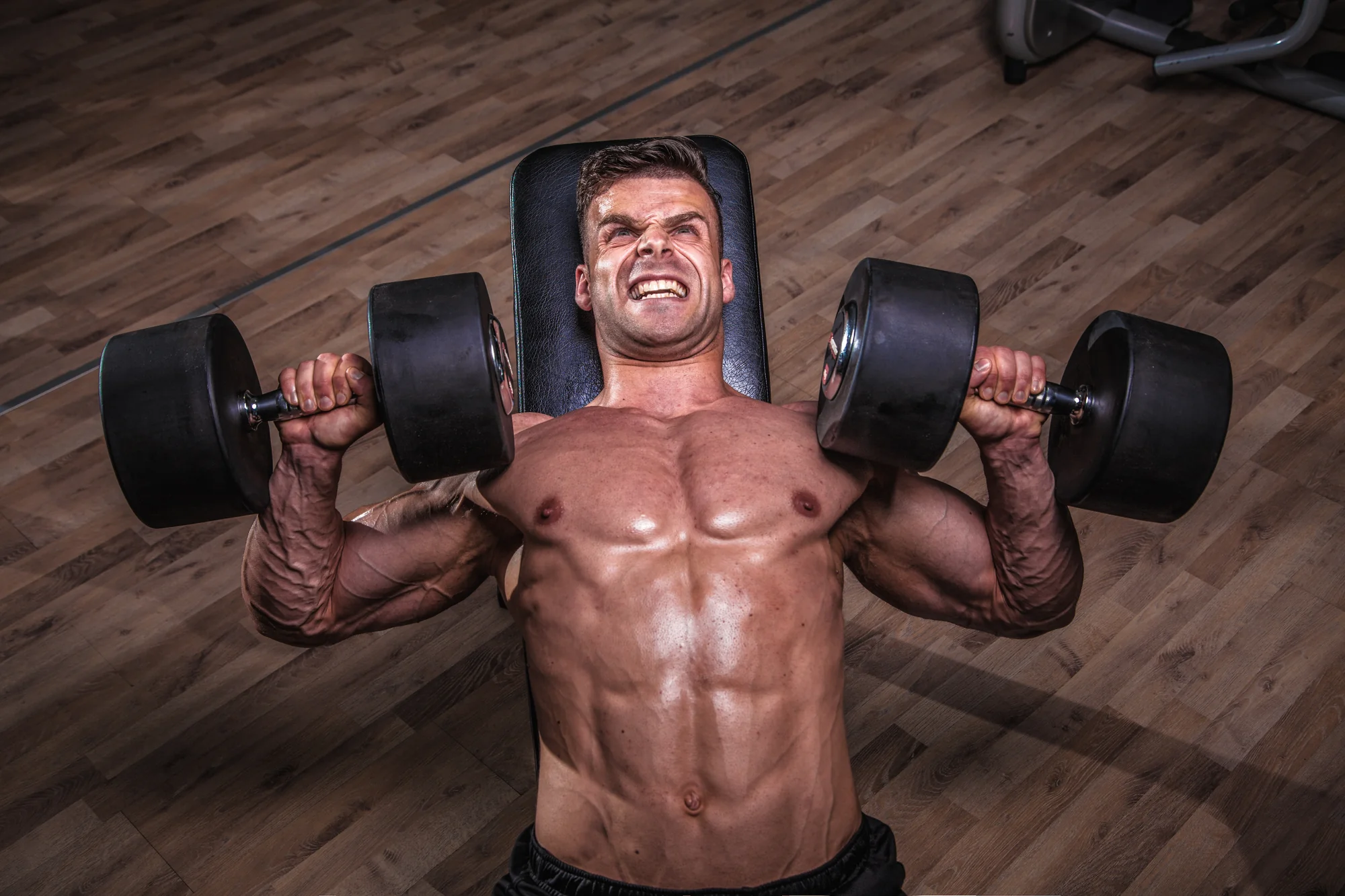If you or someone close to you is currently grappling with the challenges of osteoporosis, you’re undoubtedly aware of the paramount significance that must be attributed to the preservation and enhancement of bone health. Examples of weight bearing exercises play a crucial role in this journey towards fortifying fragile bones, as the inclusion of purposeful weight-bearing exercises within your daily regimen emerges as a transformative and pivotal strategy. These exercises not only extend their benefits beyond mere bone density augmentation but also actively contribute to the cultivation of amplified muscle strength and an enhanced sense of equilibrium.
Squats: Building Strength from the Ground Up

Squats are undoubtedly one of the most effective and versatile exercises you can incorporate into your fitness routine. They examples of weight bearing exercises go beyond just targeting a single muscle group, engaging a plethora of muscles in your lower body, including your quadriceps, hamstrings, glutes, and even your calves. This comprehensive muscle activation makes squats an exceptional choice for not only building strength and muscle tone but also for enhancing bone health. To execute a proper squat, begin by positioning your feet slightly wider than hip-width apart, ensuring that your toes are slightly turned out. This stance provides a stable base and allows for optimal muscle engagement. Resistance Bands Set Engage in effective weight-bearing exercises with this versatile set of resistance bands. They provide adjustable resistance levels, allowing you to tailor your workouts according to your needs.
Step-Ups: Elevate Your Bone Health

Step-ups are a remarkably straightforward yet incredibly impactful weight-bearing exercise, perfect for enhancing bone density and muscular strength. Examples of weight bearing exercises include walking, running, and dancing. To reap the numerous physical benefits, the first step involves sourcing a robust and reliable step or bench, ideally designed to withstand the forces of your exertion. The mechanics of the exercise itself are elegantly uncomplicated: commence by gingerly positioning one foot atop the elevated platform, ensuring a secure and stable footing, and subsequently orchestrate the seamless ascent of your alternate foot to join its counterpart. Upon the triumphant culmination of this ascending duet, a graceful descent beckons as you carefully navigate the return of each foot to terra firma. Balance Board Enhance your sense of equilibrium and stability with a balance board. Regular use can help improve coordination and strengthen the muscles that support your bones.
Lunges: Strengthening Legs and Spine

Lunges stand out as a remarkably versatile and impactful exercise that zeros in on fortifying crucial muscle groups while also providing substantial benefits for individuals grappling with osteoporosis. Examples of weight bearing exercises such as lunges make them an ideal and well-rounded option for those seeking to enhance their overall physical well-being, especially focusing on the legs and spine, which are areas of particular concern for osteoporosis sufferers. The mechanics of performing lunges involve initiating the movement by taking a confident step forward with one foot, meticulously ensuring that the knee of the leading leg is aligned with the ankle, thus setting the stage for a stable and effective exercise. Ankle Weights Elevate your weight-bearing exercises by adding these ankle weights to your routine. They help intensify the workout and contribute to bone and muscle development.
Weighted Arm Raises: Supporting Upper Body Strength

Remember, when focusing on your upper body, it’s crucial to pay attention to every detail of your workout routine. An excellent examples of weight bearing exercises in addition to your regimen is the weighted arm raises, a targeted exercise that can bring remarkable benefits to various areas of your upper body. To perform this exercise, you’ll need a pair of light dumbbells. With these weights in hand, stand tall and engage your core muscles for stability. As you begin, slowly lift your arms out to the sides or towards the front of your body. The controlled motion is key here; you want to avoid any sudden jerking movements that could strain your muscles. Incorporate dumbbell exercises into your regimen to target various muscle groups and promote overall strength. These weights can be used for a wide range of weight-bearing exercises.
Brisk Walking: A Simple Yet Effective Choice

Brisk walking stands out as a remarkably straightforward yet incredibly effective examples of weight bearing exercises accessible to people of all fitness levels. By simply lacing up your trusty pair of walking shoes and stepping onto the inviting pavement, you embark on a journey toward enhanced physical well-being. The recommended commitment of at least 30 minutes each day to this activity promises multifaceted advantages that extend well beyond just bone strength. Foam Roller Ease muscle tension and promote flexibility with a foam roller. Including foam rolling as part of your exercise routine can aid in muscle recovery and overall well-being.
Incorporating the Exercises into Your Routine

To reap the benefits of these exercises, consistency is key. Examples of weight bearing exercises can be a valuable addition to your fitness routine. Aim to incorporate each exercise into your weekly routine. You could start with two to three sets of 10 to 15 repetitions for each exercise, gradually increasing as your strength improves. Always remember to warm up before exercising and consult your healthcare provider before beginning any new fitness regimen, especially if you have existing health conditions.
Conclusion
Engaging in “The 5 Best Weight-Bearing Exercises for Osteoporosis,” including examples of weight bearing exercises, can truly emerge as a transformative and pivotal stride in elevating your bone health to new heights. This selection of exercises, such as brisk walking, stair climbing, dancing, hiking, and weightlifting, consequently contributes to an elevated and enriched overall quality of life. It is crucial to underscore the paramount importance of unwavering consistency in the pursuit of these exercises, as it is this unwavering commitment that serves as the bedrock for yielding enduring and tangible results.
FAQs
Can I start these exercises even if I’m older?
Absolutely! These exercises are suitable for people of various ages, and they can be especially beneficial for older adults looking to maintain bone health.
Are there any variations for these exercises if I have limited mobility?
Certainly! For instance, if regular squats are challenging, you can try chair squats by sitting and standing up from a sturdy chair.
How long will it take to see results in bone density?
Results vary from person to person, but you can generally expect to see improvements in bone density and overall strength after a few months of consistent exercise.
Should I use weights for all exercises?
Weights can enhance the effectiveness of the exercises, but they’re not mandatory. Start with your body weight and gradually incorporate light weights as you become more comfortable.
Can I combine these exercises with other forms of exercise?
Absolutely. While these exercises are great for osteoporosis, it’s beneficial to have a well-rounded fitness routine that includes aerobic exercises and flexibility training.
Is it necessary to consult a healthcare provider before starting these exercises?
Yes, it’s highly recommended. A healthcare provider can assess your individual condition and provide personalised guidance based on your health status.




